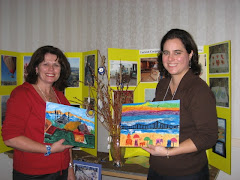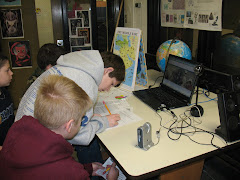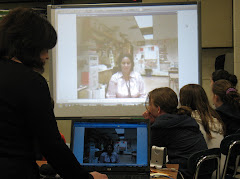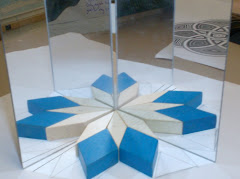Grade Level
Grade 6+
Anticipated Time Period
Two hour lesson
CT State Standards
Content Standard 3: Content
Students will consider, select and apply a range of subject matter, symbols and ideas.
Content Standard 4: History and Culture
Students will understand the visual arts in relation to history and culture.
Unit Goal
Students will study the art of the Middle East
Objective
Students will identify the characteristics of Islamic Art
Students will create a ceramic tile with motifs found in Turkish art
Vocabulary
Stoneware clay
Slab
Relief Sculpture
Score, Incise, Carve
Kiln, firing, bisque, stoneware
Template
Motif
Islamic Art
Iznik Pottery
Glaze
Underglaze
Texture
Materials
preliminary sketch completed in math lesson/pencils
Stoneware clay, rolling pins, pin tools, modeling tools
Clear glaze and underglaze
Brushes & water
water soluable marker
Motivation/Initiation
Students will view examples of Iznik tiles and see examples of the process: wet clay, bisqueware, glazed stoneware
Procedure
1. Students will bring to the art class their original symmetrical design on white paper
2. Roll out slab of stoneware clay, creating even thickness in slab.
3. Trace paper pattern with a water soluable marker.
4. Lay paper pattern, marker side down, onto clay slab. Press marker design onto clay
5. Students will use modeling tools to incise or carve in their relief designs, exploring various textures, patterns and designs.
6. Clay tiles will dry slowly in the art room for one week and then be placed in the kiln.
7. Students will use underglazes for coloring their tile, covering with a coat of clear glaze. Tiles will be fired to correct temperature.
Extension Activity Assessment and Evaluation:
Rubric: based on creativity, concept, work ethic, craftsmanship, and glazing
Wednesday, February 27, 2008
Subscribe to:
Posts (Atom)






























